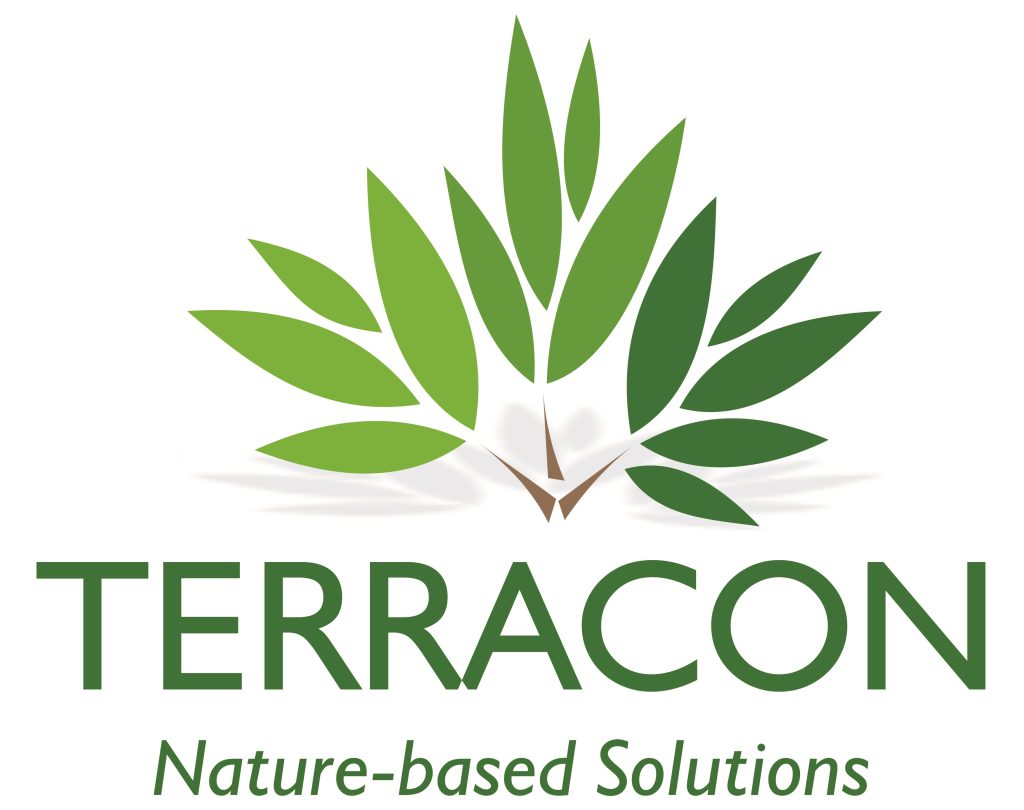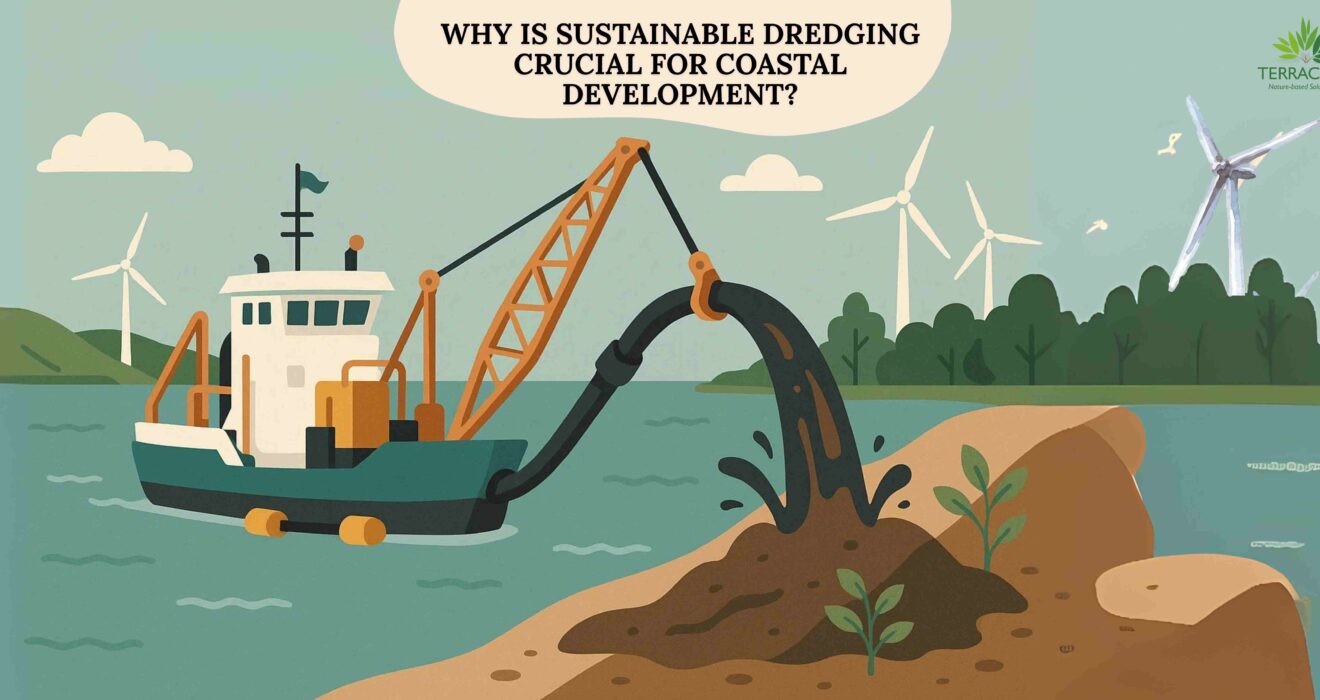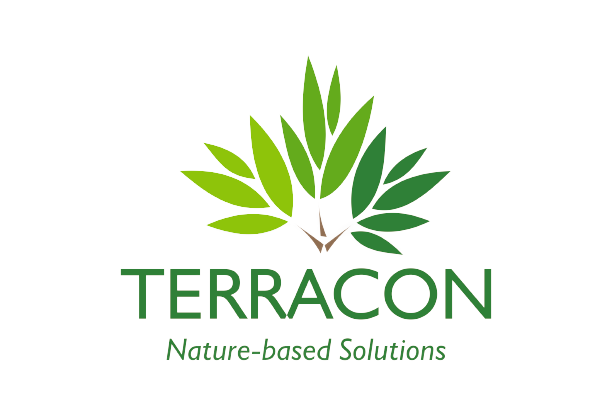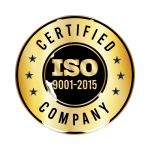DREDGING AND ITS NEED
At its core, dredging is the excavation of sediments and debris from the bottom of lakes, rivers, harbours, and other water bodies. Dredging corresponds to the process of removal, transport and final disposal of sediment present in the navigation channels, being essential for the transport routes. Dredging of harbours and rivers is essential for waterway accessibility and infrastructure enhancement.
But in reality, dredging can be a double-edged sword. On one hand, it’s essential for ensuring safe navigation and supporting economic growth. On the other hand, it can have devastating effects on our ecosystems.
The real problem isn’t dredging itself — it’s how it’s done!
INCREASING NEED FOR SUSTAINABLE DREDGING
Sustainable dredging does not halt development. It instead makes it smarter. The traditional dredging methods often fail to take in account the long term environmental and social costs. Unscientific dredging disrupts river morphology, causes saltwater intrusion, erodes shorelines, and leads to biodiversity collapse — often in delicate estuarine or deltaic zones. Today, there is rising awareness that traditional dredging methods often fail to consider long-term environmental and social costs. Turbidity, contamination, habitat destruction, and displacement of aquatic life are just a few concerns out of all of them.
ENVIRONMENTAL IMPACTS OF RECKLESS DREDGING
- Benthic Habit Destruction: The organisms which have seabed sediments as their home as well as breeding grounds are lost due to the seabed sediment removal.
- Change in water turbidity: The release of pollutants into water causes increase of suspended sediments level in the sea resulting in reduced sunlight penetration which affects the aquatic plant life.
Impacts on Fishing Communities: Dredging can lead to reduced fishing practices mainly due to the destruction of benthic habit which may force the fishermen to seek alternatives for their livelihood which can indirectly impacts the country growth

ROLE OF EIA IN SUSTAINABLE DREDGING
Despite legal requirements, gaps do persist. Minor dredging operations often escape scrutiny. Even large-scale projects receive clearance without adequate baseline data or community consultation.
A critical component in modern EIAs is sediment characterization. Instead of treating dredged material as waste, EIA-led analysis can enable:
- Safe reuse in land reclamation or infrastructure foundations
- Restoration of degraded wetlands or saline-affected lands
- Construction of buffer dunes and shoreline protection systems
EIA proves as an important tool in ensuring that the dredging sediments are disposed off responsibly and most importantly in a sustainable manner. The techniques that include in the monitoring and evaluation are baseline assessment, which collects information on the current status of the environment; scoping which pinpoints primary environmental concerns and issues; impact assessment which projects the consequences on the environment and the efficacy of mitigating measures which will lessen the impact on the environment is being ensured by the deployment of monitoring and assessment programs to track the environmental impact of dredging operations.
This circular approach transforms environmental liability into ecological and economic gain and promotes a sustainable future.
POLICIES & REGULATIONS
The regulatory frameworks and compliance mechanisms play a undeniable role in ensuring responsible dredging. This helps in reducing the negative effects of dredging operations and the connected environmental issues of the same. Several international organizations, including the Central Dredging Association (CEDA), have developed Best Management Practices (BMP) guidelines for sustainable dredging. These practices offer technical guidance so as to minimize the environmental footprint of dredging operations.
The International Maritime Organization (IMO) has created several agreements and guidelines to address dredging-related environmental issues. The International Convention for the Control and Management of Ships Ballast Water and Sediments (BWM Convention) sets standards for ballast water management to prevent the spread of invasive species through dredging.
LESSONS FROM FIELD (REAL LIFE EXAMPLES)
The Rotterdam’s Port at Netherlands, has been a successful example in proving sustainable dredging practices. This approach is helping them create sustainable infrastructure with an added benefit of cutting down the waste. The sediments are utilized to create new habitats for marine life which is supporting the biodiversity in the region as well. The port has made use of innovative approaches to manage the sediment by using it in various construction projects, habitat restoration, and land reclamation projects.
The port has also reduced its turbidity levels by over 50% in recent years. Also the port has created over about 10 sq km of new habitat for wildlife through its beneficial use sites.
Also, Singapore stands out for its EIA-integrated sediment management strategy, turning marine waste into a material for airport expansion, while maintaining strict ecological monitoring through satellite imaging and AI-based tools.
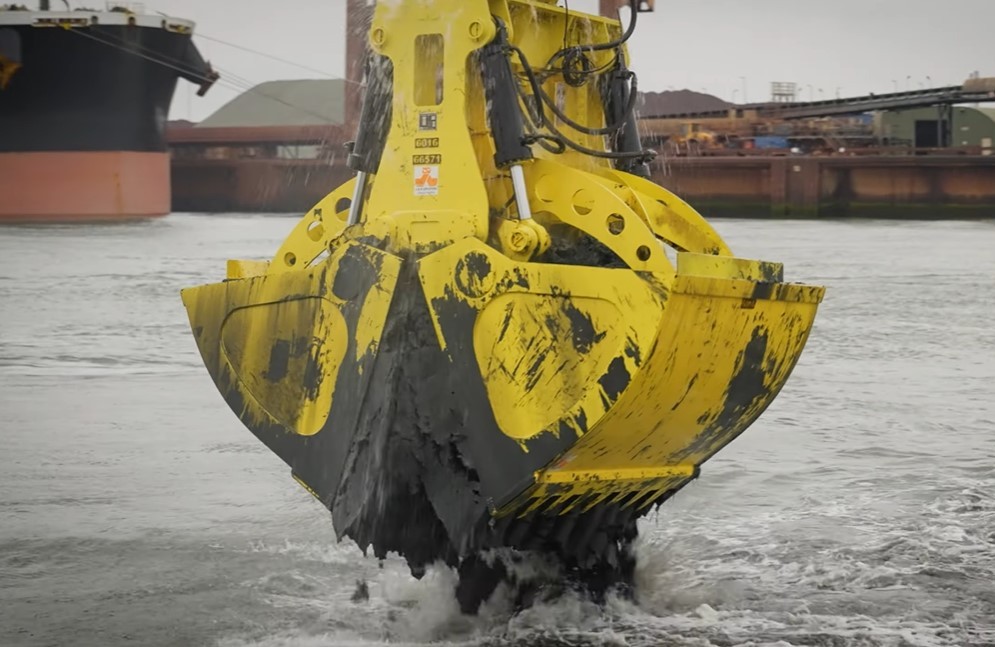
RETHINKING THE FUTURE OF DREDGING TOWARDS SUSTAINABILITY & ENVIRONMENTAL STEWARDSHIP
Sustainable dredging has a bright future!
Thanks to new developments that have the potential to lessen costs, increase efficiency, and have a positive environmental impact. Dredging activities can be completed by autonomous vessels without requiring a crew, which lowers fuel and pollution.
Dredging will remain a key part of India’s infrastructure and climate resilience strategy. But to continue reaping its benefits without destroying our fragile aquatic ecosystems, integrating environmental safeguards is non-negotiable. Understanding that the EIA process isn’t a hurdle but instead it’s a “ROADMAP” to sustainable, efficient, and community-friendly development is a major step in sustainable dredging.
The next generation of dredging must align with nature-based solutions and ecosystem services thinking which includes:
- Creating artificial reefs or seagrass beds from dredged by-products
- Designing “eco-dredging” methods that mimic natural sediment flows
- Integrating climate risk assessments into dredging project EIAs.
We, At Terracon Ecotech, specialize in conducting science-based EIAs for dredging projects, including sediment analysis, biodiversity mapping, and mitigation planning. With a multidisciplinary team and deep expertise in marine ecology, we help businesses and government agencies align their projects with both regulatory requirements and environmental stewardship, which makes the development sustainable along with being future-ready.

Written By
Aswathy Nair
Team Terracon Ecotech
Reference :
https://clefindustries.com/sustainable-dredging-practices/
https://www.iadc-dredging.com/subject/environment/sustainability/
https://dredgewire.com/sustainable-dredging-practices-minimizing-environmental-
